Category: Assistive Technologies
-

Exoskeleton builds muscle capacity, improves posture in cerebral palsy
Thomas Bulea and NIH colleagues have developed a robotic exoskeleton for children with cerebral palsy. “Crouch gait,” where a person walks with a perpetual bend in their knees, is a hallmark of the disease. This damages muscles and joints and results in paralysis for half of cerebral palsy patients. Bulea believes that increasing the amount…
-

Algorithm-adjusted exoskeleton enables movement optimization, personalization
Juanjuan Zhang, Steven Collins and CMU colleagues have developed an algorithm that enables ankle exoskeletons to adapt to the wearer’s walk called “Human in the Loop Optimization.” In a recent study, by using indirect calorimetry to measure metabolic rates, torque was adjusted while users were walking, running, and carrying a load. At this stage, a…
-
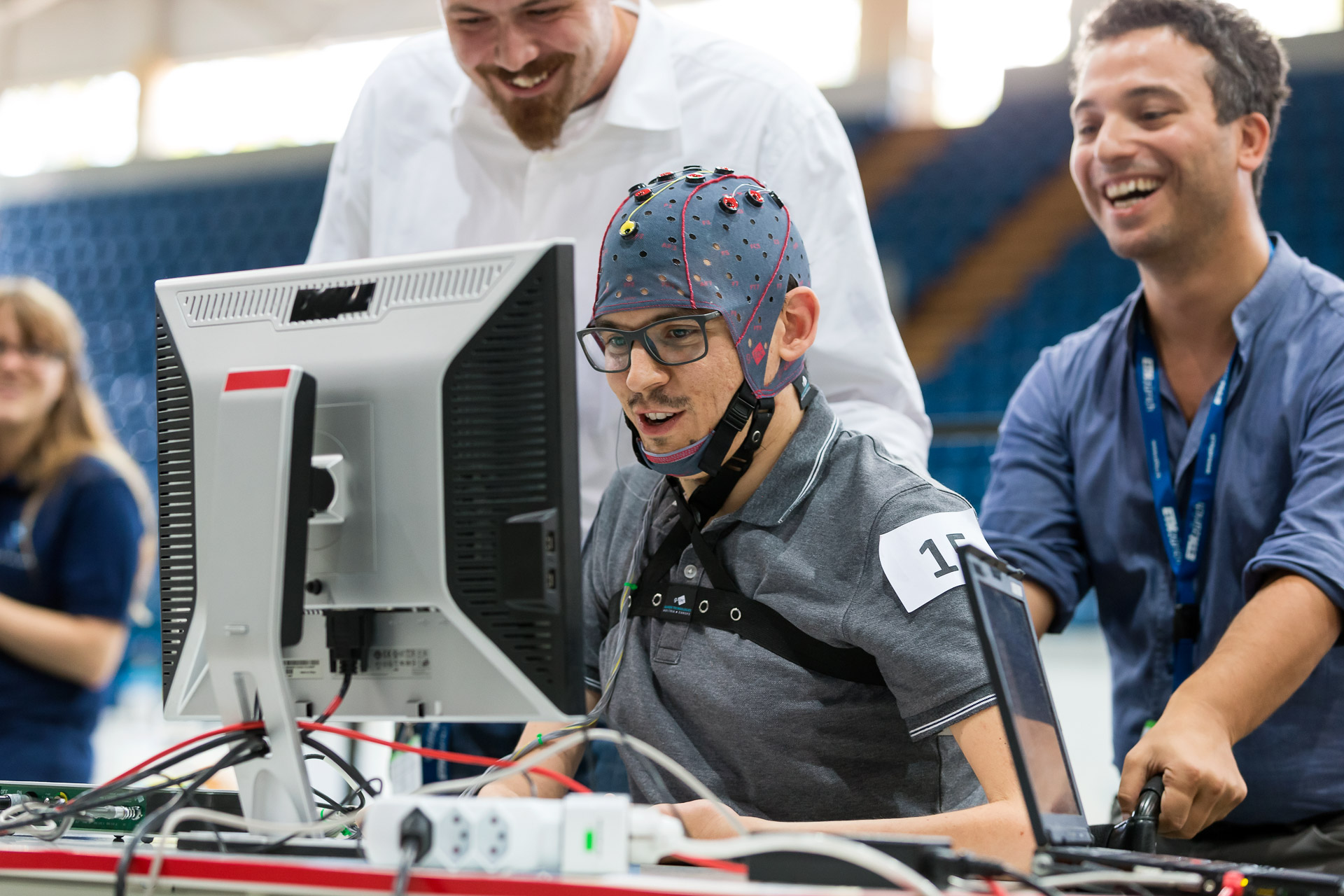
“Cybathlon” features robotic exoskeleton, BCI competitions
ETH professor Robert Riener‘s first Cybathlon will feature competitions using robotic prostheses and brain computer interfaces. Disabled participants will compete in brain controlled races and exoskeleton controlled tasks. Many will include common obstacles, like doors, ramps, and stairs, as the goal is to develop technology to increase independence and make the activities of daily living…
-
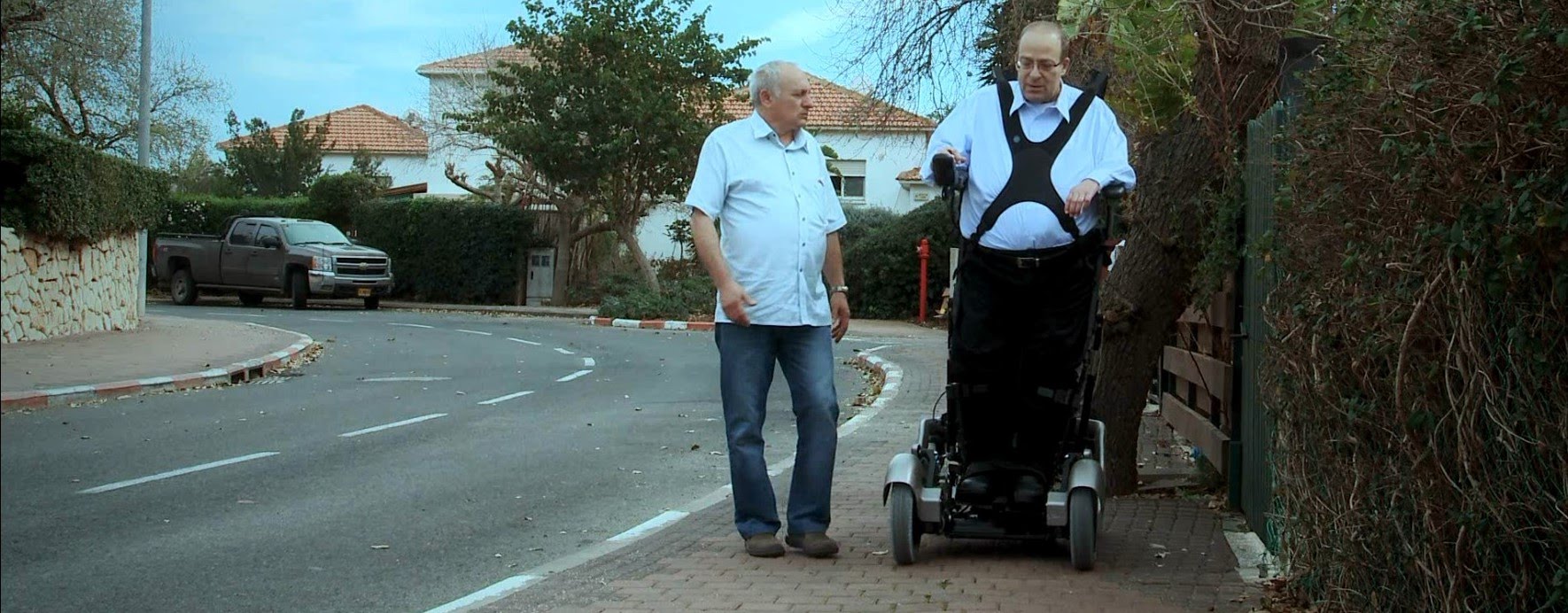
Wheelchair allows quadriplegics to stand, navigate various surfaces
UPnRIDE is a wheelchair that brings quadriplegics from a sitting to an upright position — allowing them to stand and be mobile. A user’s center of gravity stays in the middle of the auto-balancing device, allowing it to remain stable once one is standing. The multi-function wheelchair can negotiate various types of surfaces, sidewalks and…
-

BCI controlled wheelchair
Miguel Nicolelis has developed a brain computer interface that allows monkeys to steer a robotic wheelchair with their thoughts. The study is meant to demonstrate the potential of humans to do the same. Signals from hundreds of neurons simultaneously recorded in two brain regions were translated into the real-time operation of a wheelchair. Nicolelis said: “In…
-

Modular exoskeleton adjusts to user’s height, ability
SuitX is a modular, adjustable exoskeleton that adapts to a user’s height or disability. For example, it can assist only one leg if the other does not require help. It was developed by Berkeley professor Homayoon Kazerooni. As with other exoskeletons, it allow users to move their hips and knees with small motors attached to orthotics. …
-
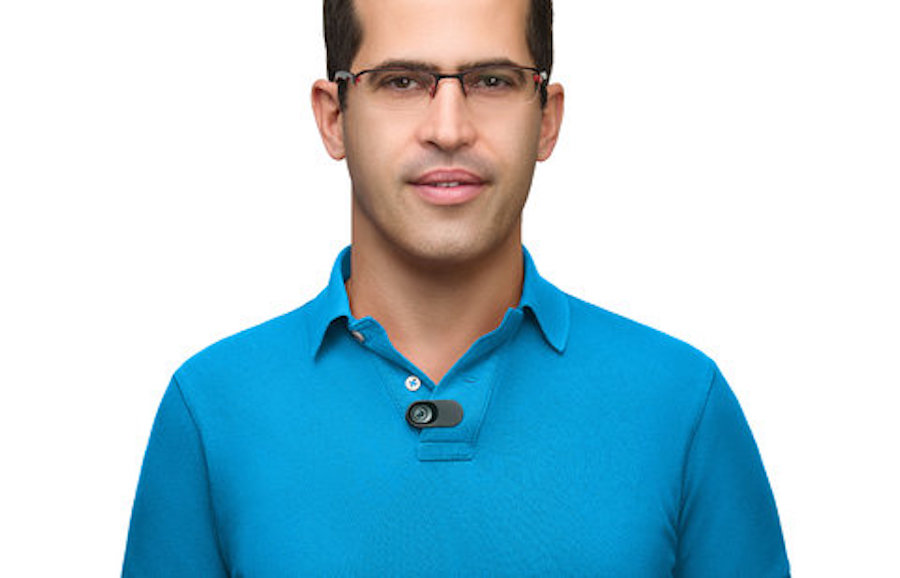
“Augmented attention” wearable assists the visually impaired
OrCam is a disruptive artificial vision company that creates assistive devices for the visually impaired. It is led by Hebrew University professor Amnon Shashua. MyMe, its latest product, uses artificial intelligence to respond to audio and visual information in real-time. A clip on camera and Bluetooth earpiece create what the company calls an “augmented attention” experience,…
-
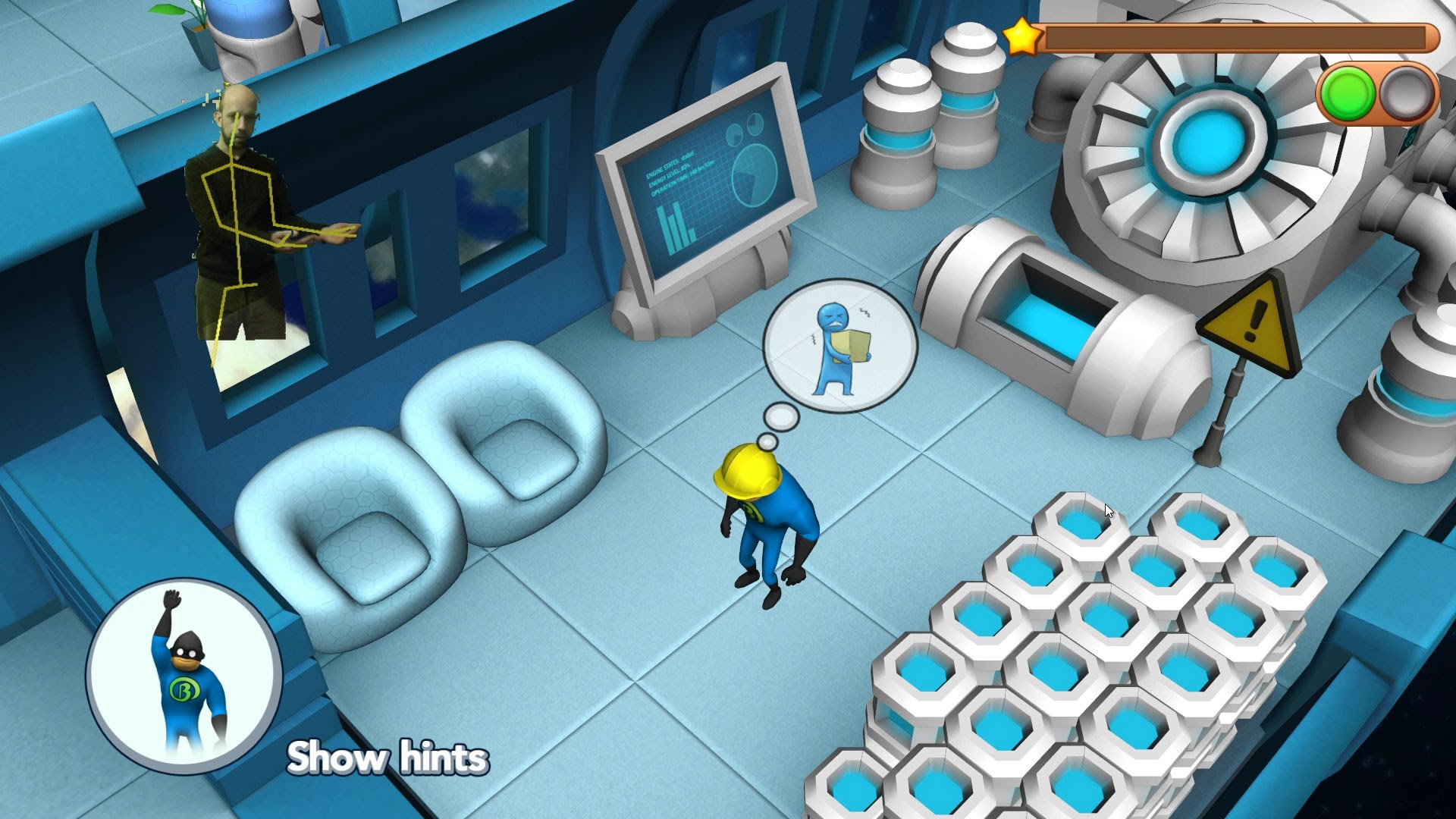
AR + Kinect games assist the hearing, visually impaired
Reflex Arc‘s augmented reality games work with Microsoft Kinect to help children learn sign language and assist the visually impaired with exercise. Boris gestures sign language, and The Nepalese Necklace helps those with no limited sight with mobility training. The games encourage exercise and are designed to help blind children learn about spatial awareness, balance, coordination, and orientation.…
-

Drone guides visually impaired runners
University of Nevada‘s Eelke Folmer has built a drone system that guides visually impaired runners around a track, allowing them to run without a sighted guide. A downward-facing camera follows the lines on the track. A second camera focuses on a marker on the runner’s shirt. The quadcopter flies at eye level, 10 feet ahead of…
-
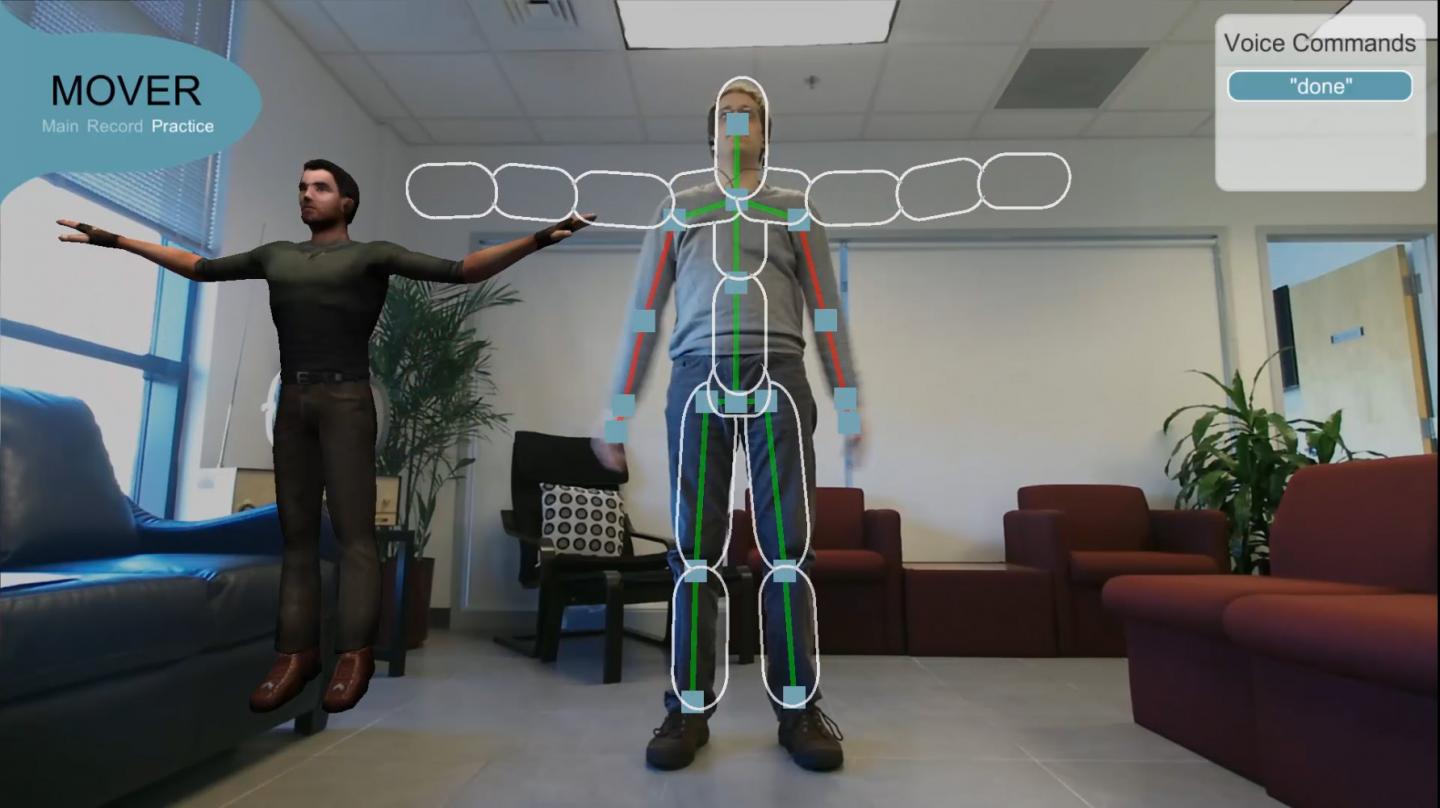
Virtual coaching for TBI patients
The Office of Naval Research is developing MOVER (Mobile, Virtual Enhancements for Rehabilitation) to help TBI patients maintain therapy regimens. Confusion, forgetfulness or depression can prevent injured veterans from completing necessary exercises for rehabilitation. Featured movements include including lunges, knee raises and squats, which are standard for TBI therapy. When a user turns on a…
-
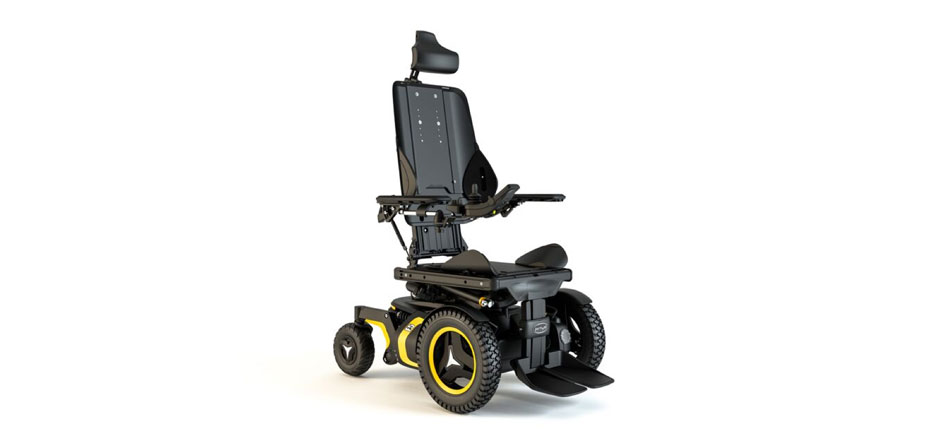
Connected wheelchair improves safety, comfort
AT&T and Permobil have developed a connected wheelchair concept meant to increase user comfort and independence. The system monitors seating position, cushion pressure (to prevent pressure ulcers), whether a chair has turned on its side, battery level, and location, and it also predicts the need for maintenance. The data, including location, can be remotely accessed from the cloud…
-
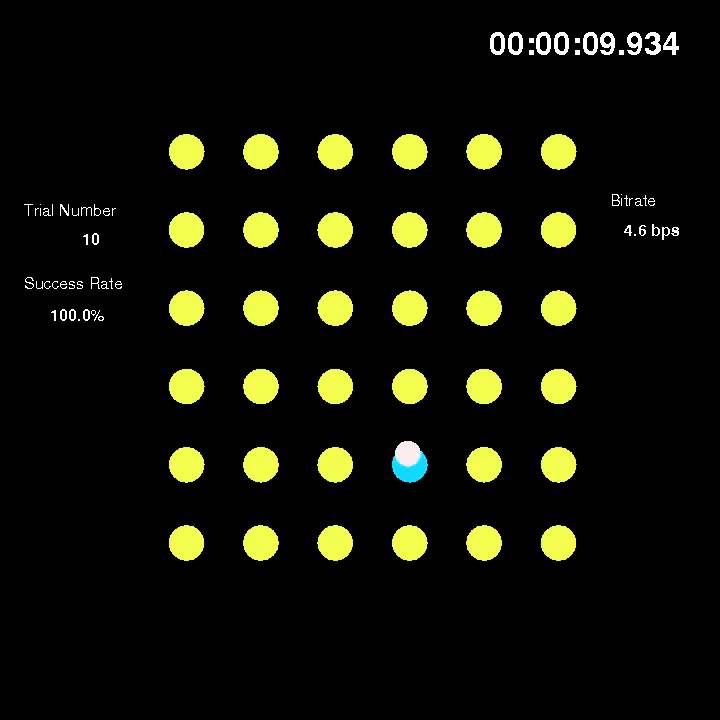
Continuously correcting BCI technique improves precision
Stanford‘s Krishna Shenoy has developed a more precise brain-controlled cursor for a virtual keyboard using a technique that continuously corrects brain readings. An algorithm analyzes the measured electrical signals that a prosthetic device obtained from sampled neurons. It adjusts the signals so that the sample’s dynamics were more like baseline brain dynamics. The thought-controlled keypad would allow…